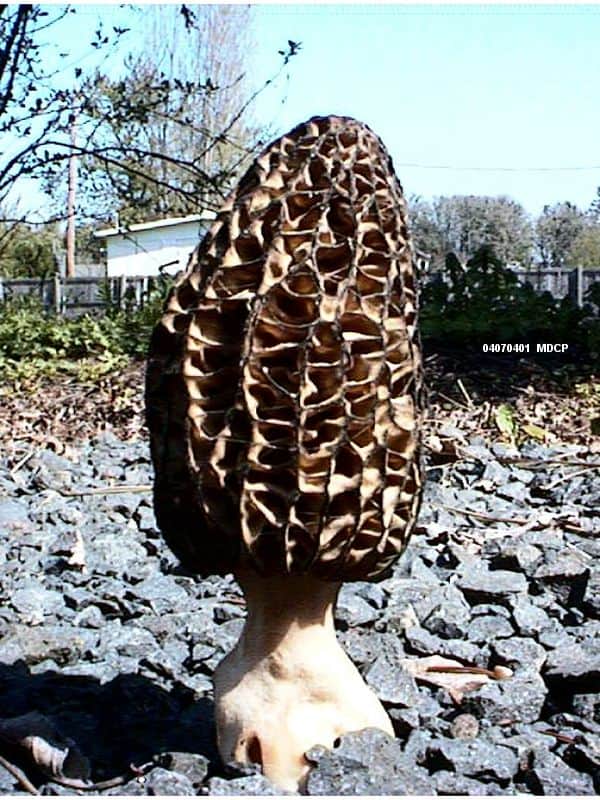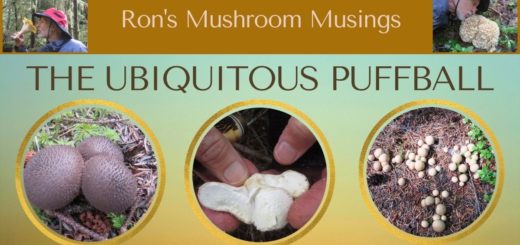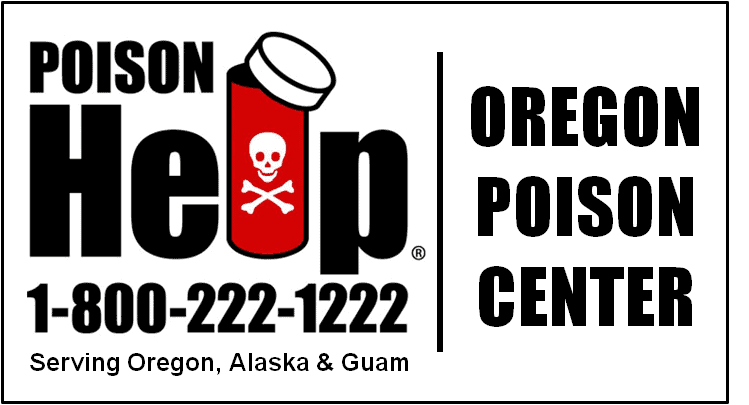Finally, the secrets to Morel hunting revealed
As a youngster I would sometimes explain my insights and life revelations to my Dad who would acknowledge my childish ramblings and tell me “OK, that’s as clear as mud.” I knew he appreciated my clueing him in on life’s intricacies and I also never questioned the existence of clear mud. If my Dad said there was such a thing it must be true. Apparently, I was totally unacquainted with the concept of satire. Be that as it may, I never lost my desire to learn as much as I could about things that interested me nor have I stopped rambling about them. As for my quest to locate clear mud, well I’ve put that on the back burner for now.

With Oregon Governor Kate Brown’s shelter in place edict, I’ve used this stay at home time to expand my knowledge base and read some of the books I haven’t had a chance to read yet. The latest book I started on is by Michael Kuo, simply titled “Morels”. The book talks about the scientific aspects of morels but what intrigued me was the chapter on “Where And When To Find Morels”. Being an accomplished looser when it comes to locating morels I found this chapter quite fascinating. Finally, I can hone my morel hunting skills and come home with a full basket. The chapter begins with a discussion about seasonal timing. For Oregon it’s March for landscape morels and April/May when searching burn areas and places that have been logged or heavily thinned the year before. These areas are generally only fruitful for the first year after these types of logging activities and fires take place. Perennial morels arrive around the same time and are found mostly in Eastern and Southern Oregon.
When to go there is that bigger question. The book talks about morel fruiting indicators such as measuring soil temperature and using bloom times of plants like trilliums, dandelions, and lilac bushes as clues. More specifically, go when;

Oak leaves are the size of mouse ears
Oak leaves are the size of squirrels’ ears
Lilacs are in bloom
The first dandelions go to seed
Bermuda buttercup is in bloom
Trilliums begin to flower
Devil’s urns mushrooms have been up for a week
Dutchman’s –breeches flower
The book goes on to clarify these indicators as being somewhat unreliable and varying from place to place. When I first started mushroom hunting I was told that the Fly Amanita (Amanitamuscaria) is a good indicator that king Boletes (Boletus Edulis) could be in the same area. Given how prolific and wide spread the Fly Amanita is, the odds of that being true at some time or another is quite high. However, as I have come to find out, the Fly amanita also pops up in many places that King Boletes are clearly nowhere to be found. Hence, the best indicator of a mushroom species being somewhere is when you find it there. Most everything else is sheer mysticism or as I like to say, rumor, innuendo and speculation.
Since morel “indicators” don’t seem to help, how about where they grow. Michael gives a concise list of just what to look for;
On south-facing slopes
On north-facing slopes
In sandy soil
In clayey soil
In soil with a high pH value
In soil with a low pH value
Near old sawmills
Near wood piles
On high ground
On low ground
Near railroad beds

This photo of a Morel in gravel is of a Morchella importuna from Michael Kuo’s Morel Data Collection Project, Record #04070401. The Morel came up in a driveway in Lane County, OR.
Michael goes on to state that all of the above is true and “most of our theories about where morels grow are really just anecdotal descriptions of the kinds of places where we have found them.” In short they are where they are and they aren’t where they aren’t. OK, that’s as clear as mud.
While reading this book didn’t really help me in any way as far as what, where or when, it has lots of good information and is an enjoyable read. Michael also covers the two genera of morel look-alikes, Verpa and Gyromitra. These look-alikes are best left in the woods or just photographed. If you want to learn more about morels and enjoy tall tales and reading about folklore I would certainly recommend this book. It also has lots of great pictures and does present useful species information that can help in identifying what you’ve found or more accurately, what you’d like to find. Michael also has a great website for researching mushrooms at Mushroom Expert.





